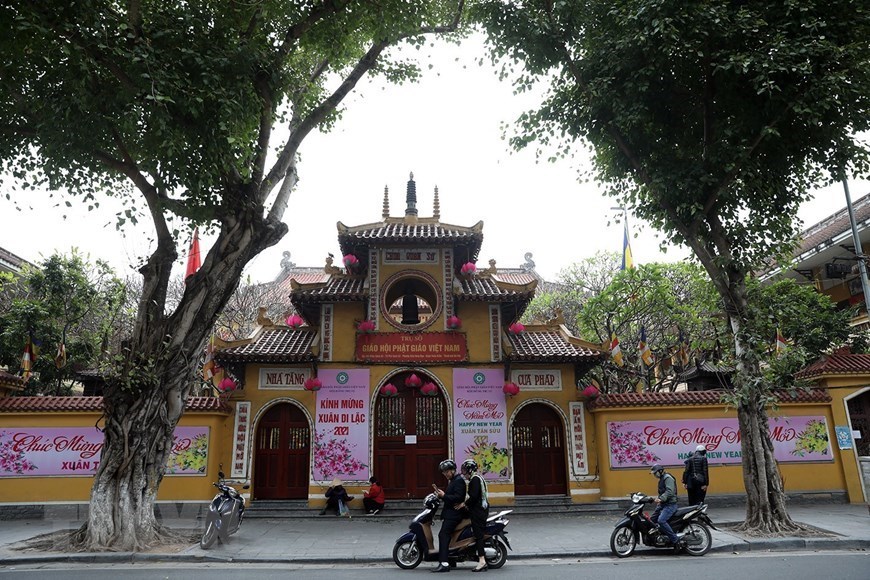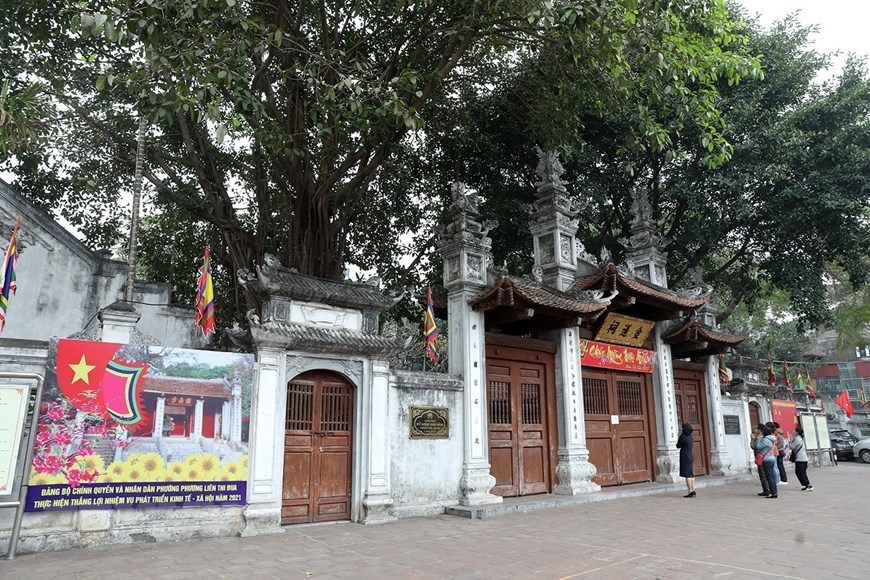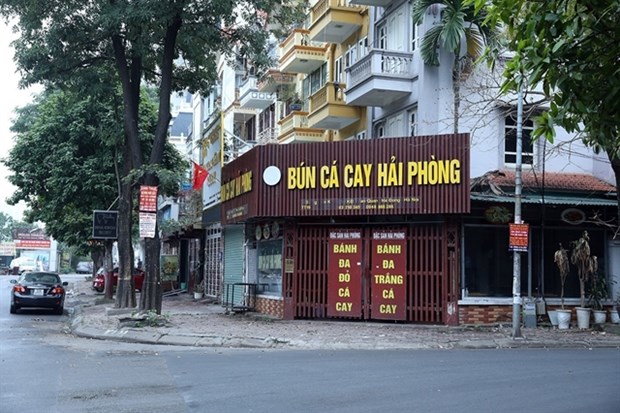 |
|
Businesses along Nguyen Khuyen Street in Ha Dong district close to prevent the spread of COVID-19.
|
At a meeting of the city’s Steering Committee for COVID-19 Prevention and Control on February 15 afternoon, Vice Chairman of the municipal People's Committee Chu Xuan Dung ordered the temporary closure of all streetside stalls, religious and relic sites from midnight to curb the pandemic.
Dung asked that all schools in the city allow their students to stay home until the end of the month.
The new developments of the COVID-19 pandemic in Hanoi, with the source of infection of the dead Japanese man yet to be identified, his travel history causing difficulties for tracing, pose high risks for the community.
He ordered relevant districts and townships to concentrate on tracing, zoning and mass testing to stop the spread of the pandemic. Along with the dissemination of preventive information through mass media, local pharmacies and private health facilities have been asked to report suspected cases.
Hai Duong province implemented social distancing throughout the province from February 16 and provincial police coordinated with concerned authorities to set up 170 pandemic control stations all over the province.
The stations are responsible for controlling people and vehicles, measuring body temperature, reminding and handling cases of not strictly complying with pandemic prevention regulations.
Colonel Le Ngoc Chau, Director of the provincial Department of Public Security, said people are not allowed to go out unless in special circumstances.
From February 16, people entering Quang Ninh province must comply with regulations. People coming from Hai Duong province and other outbreak hotspots will undergo concentrated quarantine which they will have to pay for, and enterprises welcoming workers back to the province after the Tet holiday must organise COVID-19 tests for them. They are allowed back to work only with a negative result.
People coming from non-affected areas must have a negative COVID-19 test certificate before entering the province.
In the absence of certificates, it is necessary to quarantine and undergo medical monitoring at home for 14 days.
For people from Quang Ninh who go to other localities, they are allowed to leave the province, but when they come back, they must comply with the same regulations as for everyone else.
At 12 control stations at border areas with other provinces and cities, electronic declarations are applied. People must present identity cards, citizenship cards or correspondence papers with their household registration books or temporary residence registers.
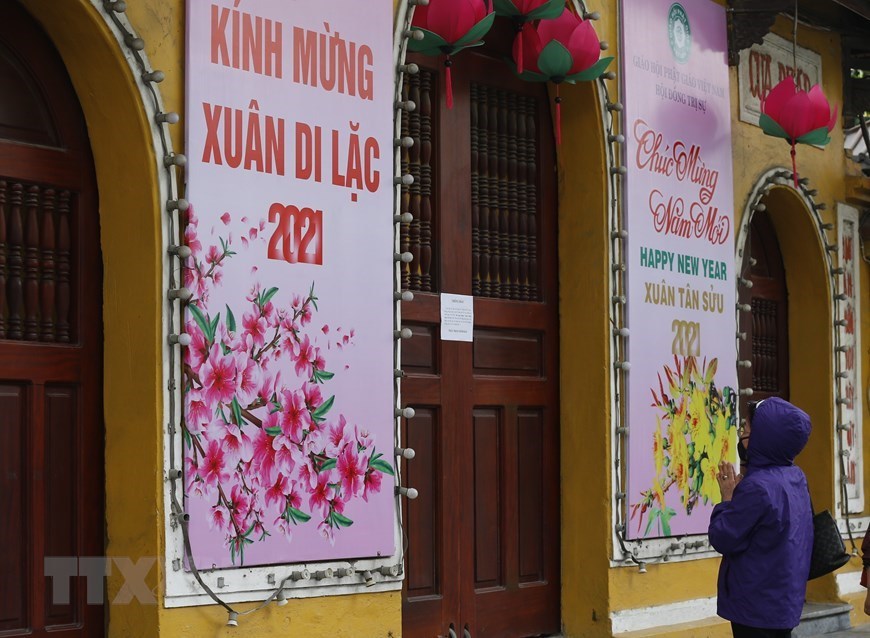 |
||
|
Pagodas and historical relic sites in Hanoi close down to curb the spread of COVID-19. (Photo: VNA)
|
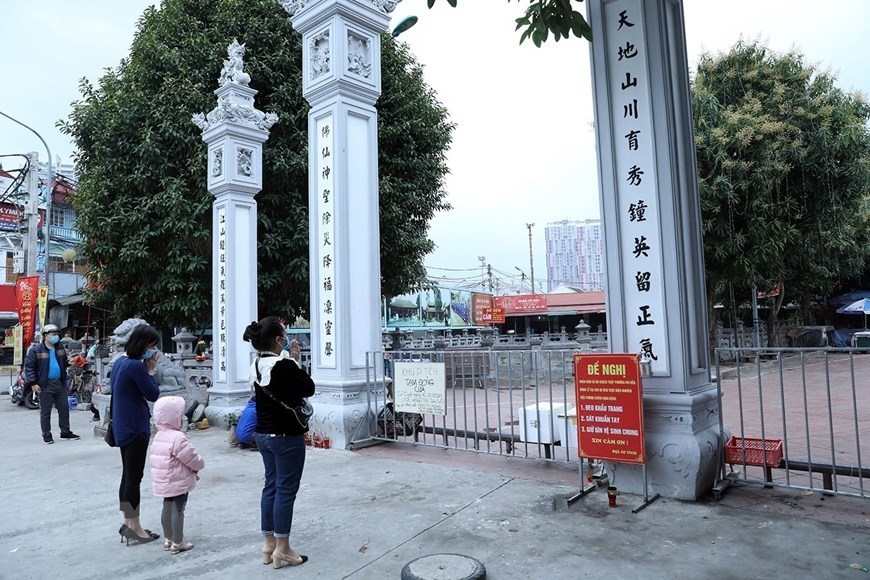 |
||
|
|
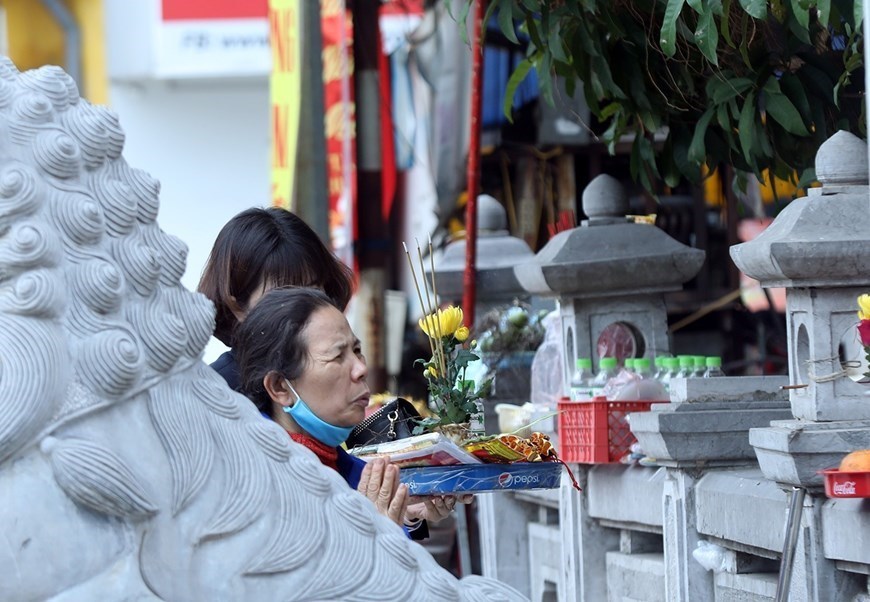 |
||
|
|
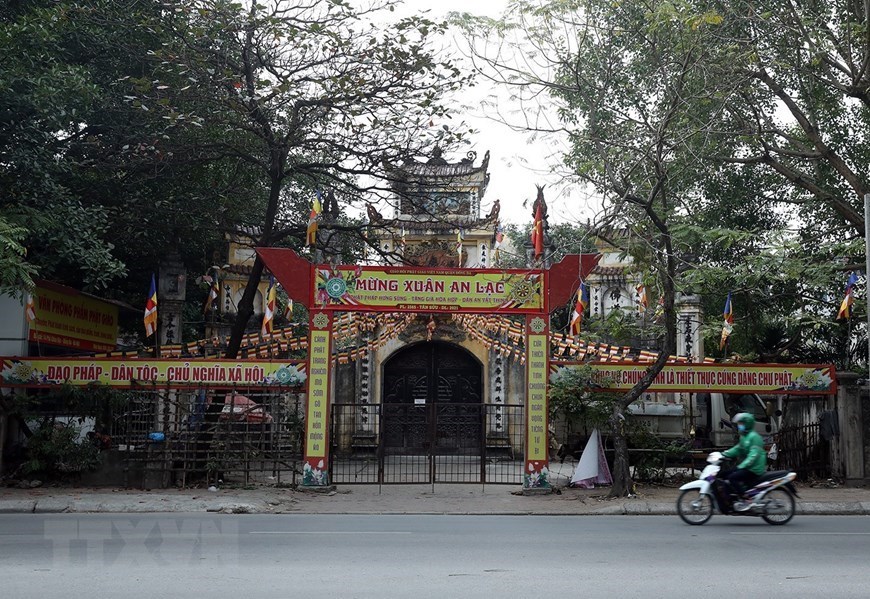 |
|
|
